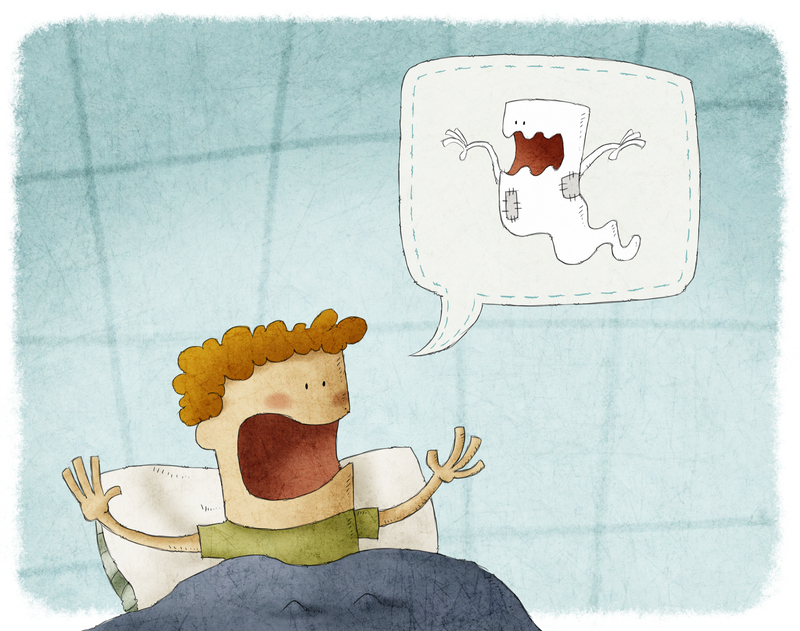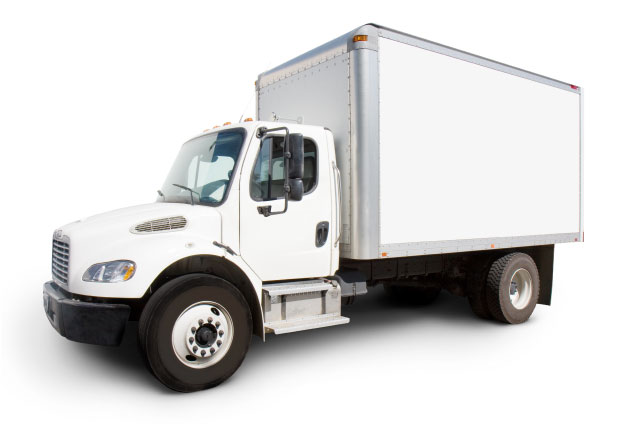Tips to Store an Idle Freezer Correctly
Posted on 21/05/2025
Tips to Store an Idle Freezer Correctly
Properly storing an idle freezer is crucial for both appliance longevity and home safety. Whether you're moving, temporarily not using your chest freezer, or making space in the kitchen, knowing how to store a freezer that isn't in use can prevent odors, mold growth, and mechanical issues when you're ready to use it again. This guide provides practical tips for storing an unused freezer, ensuring it will run efficiently when needed. Follow these expert-recommended steps to keep your idle freezer in perfect condition.
Why Properly Storing an Unused Freezer Matters
Not using your freezer for a while? You might think you can just unplug it and forget about it. However, improper storage of a freezer can result in:
- Mold and mildew growth inside the unit
- Unpleasant odors that are hard to remove
- Rust or corrosion on internal components
- Mechanical failures and energy inefficiency when you restart it
- Attracting pests looking for a warm, sheltered spot
A freezer is a significant investment, and taking a few precautions before letting it sit idle will pay off in the long run. Let's look at the best practices to store an idle freezer correctly.

How to Prepare Your Freezer for Storage
1. Empty the Freezer Completely
Before storing an unused freezer, remove all items from inside. Perishable food can spoil rapidly and leave an unpleasant smell or attract insects. Check every nook, including drawers and shelves, to ensure nothing is left behind. Don't forget freezer-safe ice packs, condensation trays, or baskets!
2. Defrost Thoroughly
Unplug the appliance and let it defrost naturally. Placing towels around the base can help absorb meltwater and prevent puddles. Never use sharp tools to scrape off ice as this may damage the interior lining or cooling elements. For a quicker process:
- Leave the door open to speed up melting
- Use a fan to circulate air inside (optional)
- Wipe down water as the ice thaws to prevent overflow
Allow at least 24 hours so every bit of ice is gone. This is essential before storing chest freezers unused for any period.
3. Clean and Sanitize the Interior
Storing a non-working freezer without a thorough cleaning will almost certainly lead to odors or mold. After defrosting:
- Wipe all interior surfaces--walls, shelves, drawers--with a solution of warm water and mild dish soap
- For stubborn stains, mix a tablespoon of baking soda with a quart of water
- Pay attention to crevices, gaskets, and hinges where dirt may accumulate
- Rinse using a clean damp cloth, then dry completely with a towel
Pro tip: Place an open box of baking soda inside for added odor protection while the freezer sits idle.
4. Clean the Exterior & Coils
A clean exterior prevents dust and grime from building up while stored. Gently wipe outside surfaces with soapy water, dry thoroughly, and vacuum cooling coils (usually found at the back or underneath). This ensures that when you restart your stored freezer, it'll run efficiently and with less noise.
How to Store the Idle Freezer for Short or Long-Term Use
5. Leave the Door Slightly Open
One of the most critical freezer storage tips is to prevent a closed, airtight environment. Always keep the freezer door ajar to avoid mold and foul odors. Many manufacturers provide a lock or a built-in prop for this purpose. If yours doesn't, simply wedge a towel, a wooden spoon, or a purpose-made door stop to prevent it from closing fully.
6. Store in an Appropriate Location
The location makes a big difference, especially for chest freezers in storage:
- Choose a dry, well-ventilated area, away from direct sunlight and sources of heat
- Garages, basements, or utility rooms are good options (as long as there's no risk of flooding)
- Avoid outdoor sheds unless it's insulated and climate-controlled--extreme cold or humidity can damage internal parts
- Use a pallet or riser to keep the freezer off the ground, preventing rust from damp concrete floors
7. Protect Against Pests
Idle freezers can attract rodents or insects seeking shelter. To deter them:
- Seal openings or vent holes with mesh, but do not obstruct necessary airflow
- Ensure there are no food residues inside or underneath the unit
- Consider using natural repellents like peppermint oil-infused cotton balls around the exterior (but never inside!)
8. Unplug and Secure Cords
If you're not using your freezer, always unplug it for safety and to prevent unnecessary power draw. Secure the power cord neatly with twist ties or Velcro, and tape it to the side or back of the unit. This reduces trip hazards and prevents damage to the plug or prongs during transit, especially when storing upright freezers for extended periods.
Long-Term Storage: Additional Steps
For long-term idle freezer storage (over six months), consider extra measures:
- Remove or prop open removable shelves and baskets so air circulates freely inside.
- Cover the freezer with a breathable dust cover or clean sheet (not plastic) to allow airflow and prevent dust from settling.
- Inspect the area for leaks and environmental threats (such as excessive humidity in basements that could cause corrosion).
- Label the unit clearly as 'Not in Use' or 'Do Not Plug In' if it's stored among other appliances, to prevent accidental reconnection.
Can You Store a Freezer Upright?
Most freezers can be stored upright or in their usual position. Never store a freezer on its back or side, as oil may flow out of the compressor, causing damage. If you moved the freezer laying down for transport:
- Let it stand upright for several hours before plugging it in (consult your manufacturer's recommendation--sometimes up to 24 hours)
- This allows internal fluids to resettle properly, protecting your freezer's compressor
What About Plugging in Occasionally?
If possible, you can plug in and run your stored freezer for a few hours every couple of months. This keeps seals supple, moves lubricants inside the compressor, and prevents mechanical parts from seizing. Just remember to defrost and clean it again before returning to storage.
Restarting Your Freezer After Storage
When it's time to use your freezer again, follow these steps:
- Thoroughly inspect the interior and exterior for mold, pests, or water damage
- Remove any dust or debris from vents and coils
- Plug it in, and allow it to run empty for several hours
- Check for proper cooling before adding food
- Replace or clean any baskets or drawers that were stored separately
Common Mistakes to Avoid When Storing a Freezer Unused
- Leaving moisture inside--Never skip drying the interior thoroughly after cleaning or defrosting
- Storing with the door tightly closed--Always leave it ajar to prevent odors and mold
- Placing in a damp or unprotected location--Moisture, high humidity, and extreme temperatures reduce appliance lifespan
- Forgetting to unplug the unit--Saves energy, reduces fire risk, and protects internal components
- Using the freezer as storage space for heavy or inappropriate items--This may warp seals or damage shelving
Frequently Asked Questions on Storing Idle Freezers
How long can a freezer stay unused?
With proper preparation, a freezer can sit idle for months or even years without issue. The most important factor is ensuring it's clean, dry, unplugged, and ventilated. Check periodically, especially if stored in a damp or pest-prone location.
Is it okay to store a freezer unplugged?
Yes--it is best to store a freezer unplugged if it will not be used for an extended period. This prevents electrical hazards, power waste, and mechanical wear. Just ensure you leave the door slightly open for airflow.
Should a freezer be stored open or closed?
Always store an idle freezer with the door slightly open! Sealing it shut can create the ideal environment for mold and strong odors, even in a clean, dry unit. Use a prop, towel, or the manufacturer's lock setting to keep the door ajar.
Can a freezer be stored outside?
While some freezers are marketed as "garage ready," most household units should not be stored outdoors unless specifically designed for it. Weather, temperature extremes, and humidity can cause irreversible damage to electrical and cooling components. Choose a dry, shaded, and sheltered space whenever possible.

Quick Checklist for Storing an Idle Freezer
- Unplug the freezer and let it defrost fully
- Remove all food products, drawers, and baskets
- Clean and dry everything thoroughly
- Leave the door slightly open for airflow
- Store in a dry, safe, ventilated area
- Protect cords and exterior from dust and pests
- Check occasionally for moisture, odors, or insects
Conclusion: Best Practices for Storing a Freezer Not in Use
From removing food and cleaning surfaces, to choosing the right storage space and keeping the door ajar, storing a freezer correctly while idle saves you money, hassle, and time when you need it again. These steps reduce wear, prevent unpleasant surprises, and maximize the lifespan of your freezer--whether it's a compact upright or a large chest model. Invest a small amount of time now, and you'll be rewarded with a freezer that's ready for use whenever you need it, without odors, rust, or mechanical headaches.
Have more questions about freezer maintenance? Drop your comments below!





